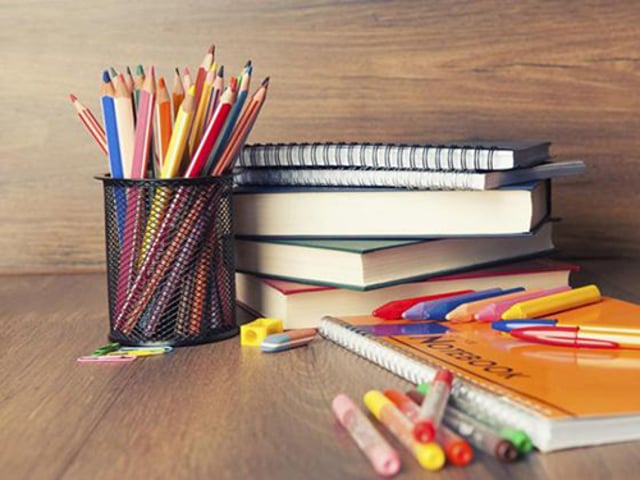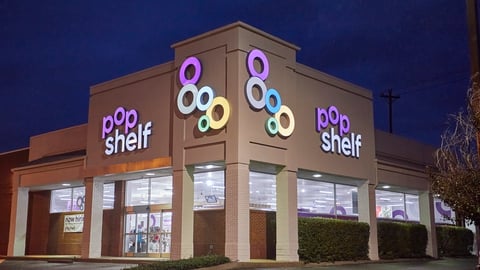Analysis: Back-to-school through the lens of sports retail
Over the last few years, we have seen back-to-school sneaker sales start later, peak later, peak lower, and last longer than in the past. This has been primarily driven by the “buy now, wear now” mentality; if a new pair of shoes is not needed right now, why should families buy them? Plus, the longer families wait, the greater potential to buy at a discounted price.
This back-to-school season will be unique in a number of ways due to the marketplace, economic, and behavioral shifts brought on by the pandemic, and I remain pessimistic on how sales will fare this year.
June was an outstanding month for sneaker sales, but we should be careful in how we interpret these results. Brands were releasing an extraordinary amount of limited shoes in a month that typically does not see this happen. The results were jaw-dropping increases in sales growth, but it is a strategy that is unsustainable for the longer term.
After three months of lockdown, there was pent-up demand to just get out and buy something. That spike in therapeutic shopping is not sustainable either.
Finally, there were great deals on product that had sat in darkened storefronts and had to be cleared. Again, the sales growth stemming from this is not sustainable.
The COVID-19 curve that was beginning to flatten is back on the rise. In certain parts of the country, cases are setting new records and death rates are beginning to climb again. Some states that reopened have reverted back to locking down, and in some cases are closing malls and stores. This does not bode well from a retail sales perspective, and it also raises additional concerns around school reopening.
Every day we hear about another school district going virtual this fall. Those students probably don’t need new shoes to take classes virtually (do they need shoes at all?). Parents may shift their spending to better meet the needs prompted by this new schooling environment, and invest in technologies to help their kids learn remotely. Money spent on tech means less available for shirts and shoes. Other school districts are pushing out start dates as they try to develop saving and executable strategies. Later start dates will impact sales that would have taken place early on.
This back-to-school season flux will have an impact on fall sports as well. Will parents feel it is safe for their kids to play sports under COVID-19?
Given the circumstances, I would also not be surprised if states cancel or postpone “tax-free” holidays. Tax-free dates only move the needle against the previous year when they start and when they end. Loss of tax-free dates will have a negative impact on sales.
From a financial perspective, the economy remains in recession. The June unemployment rate was at a staggering 11%. Those jobs won’t come back quickly and some are likely lost forever. The recent lockdowns will add to unemployment. All of this impacts consumer spending and behavior. In addition, the supplemental unemployment benefit ends this week. I firmly believe that this benefit has propped up retail sales and without it, sales will be hurt.
All of these factors will have a negative impact on the back-to-school season. Some of the business will go to the Internet, but as we saw in March and April, this was not enough to offset closed stores. Some of this business can be deferred until later, but when will that “later” be? I don’t expect the sports retail business will hit the depths of March and April, but the highs of June will soon be forgotten.
Matt Powell is VP, senior industry advisor, sports, The NPD Group.






